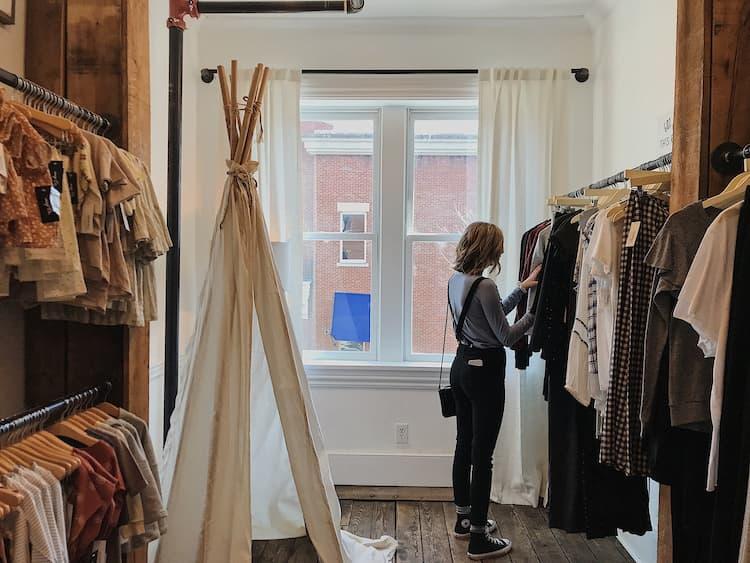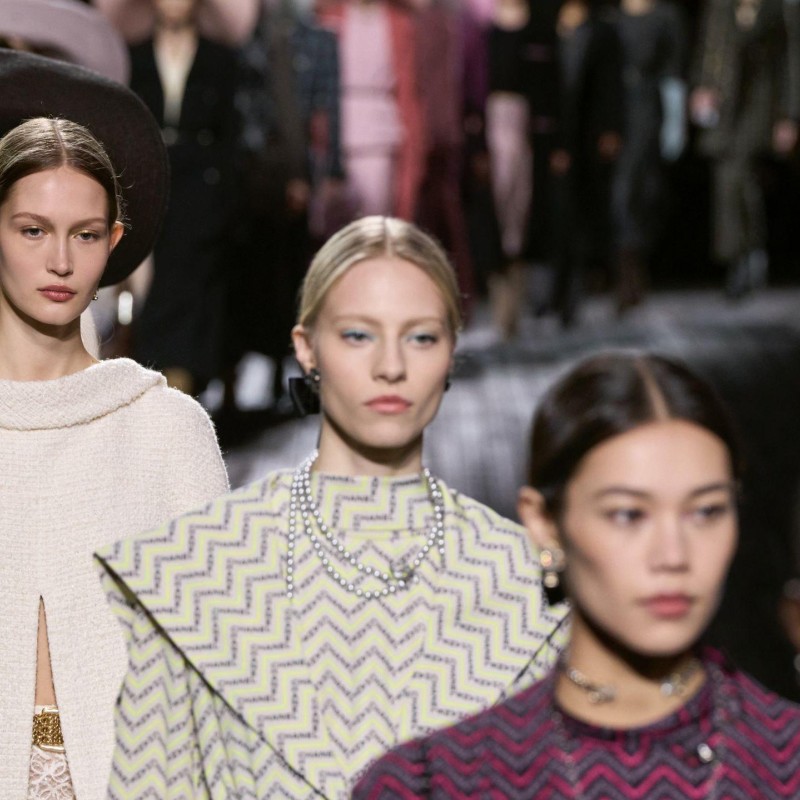Sustainability is on everyone’s mind. Within the past decade, discussions about the impact of the fashion industry on the environment have increased substantially.
It has become common knowledge, even to people outside the industry, that the world of fashion causes pollution and other environmental and social problems. Circular fashion is a way to combat these issues.
Most of the current fashion industry processes are linear, meaning that clothes and accessories are used until they wear out and are then thrown in the trash. This process worked well when there were fewer people on earth and clothes were made to last for years or even decades.
Nowadays, though, the world’s vast population and fast fashion trends are producing harmful amounts of poor-quality clothing, and this linear process is generating dangerous levels of pollution and waste. Only 15% of all textiles are recyclable, so even if you wear your clothes for a few years and donate them, they still end up in a landfill or incinerator.
In 2014, the concept of circular fashion emerged in the fashion industry to combat the current cycle of waste. It is a solution that promises to improve sustainability by circulating items for as long as possible and ensuring that they become part of the earth safely once they can no longer be used.
To create this circle, companies need to make products that last longer, use fewer raw materials, and recycle materials safely. And consumers need to be willing to buy these products as well as reuse and mend products already in use.
One of the main ideas behind circular economy fashion is to create ways to use fewer raw materials. By using clothing and accessories for longer periods, raw material consumption will decrease. The hope is that over time, circular fashion will lead to less production and consumption.
There are many ways that circular fashion helps the environment. The primary method is to reduce waste and consumption. In addition, when fewer resources are harvested and extracted, less negative impact is inflicted on the environment.
Many companies interested in circular fashion also prioritise using green energy, improving recycling processes and eliminating hazardous chemicals, which adds additional levels of eco-friendly procedures.
Companies that pursue circular fashion endeavours are at the forefront of both the fashion industry and environmental causes. It shows their consumers that they prioritise green initiatives, and it builds brand loyalty and image.
Researchers have found that consumers are buying fewer clothing items than they used to, and they are also spending more money on brands that are serious about being environmentally friendly. In addition to helping the environment and improving sustainability, businesses that incorporate circular fashion into their practices can attract new customers and build their brand.
Consumers are a crucial part of circular fashion. They need to be willing to spend more money to buy high-quality items. If they aren’t, then the process can’t work, so businesses are dependant on customers to make the cycle continue smoothly.
Transitioning to a circular process takes a lot of time, money and expertise. Some businesses do not yet have the resources to make this investment, so it might take a long time for circular economy fashion to become mainstream.
Many technical and regulatory processes are involved in creating a foundation for circular fashion, but some of these processes are not yet effective or functional. For example, supply chain issues and recycling design challenges, among other problems, make it difficult to implement effective circular business models. More time and advancements are needed to iron out the barriers that prevent businesses and consumers from fully participating in circular fashion.
Despite the difficulties of transitioning to sustainable practices, some top brands and new innovative companies are pushing boundaries and advancing circular fashion.
One frontrunner is Stella McCartney, who has focused on reusing materials and engaging in restorative farming. Another important company is The R Collective, which was created with the purpose of reusing surplus material that would otherwise be thrown away.

If you are interested in learning more about what circular fashion is and which brands are committed to sustainable practices, do some research on specific companies to see how they discuss this topic on their websites. You can even find some great news articles about brands that are leading the way.
An exciting aspect of circular fashion is that consumers can participate. In fact, they have to participate for it to work. Here are some practical ways you can become involved.
This is the first and most important step in becoming involved in sustainable fashion. Buying less leads to reducing production and reusing the clothes that have already been made.
Buy from second-hand shops and donate your clothes rather than throwing them away when you don’t want them anymore. By doing so, you extend the life of your clothes and help reduce waste.
To further extend the lifetime of clothes, shoes and accessories, mend or alter the items you already own. By upcycling or giving new life to your current wardrobe, you reduce the need to buy and create new products.
Find brands that are committed to circular fashion and sustainability, but be wary of brands that participate in greenwashing. Greenwashing refers to the way that some companies say they are using sustainable products or eco-friendly procedures when in reality they aren’t involved in meaningful efforts.
Interested in learning more about sustainable fashion? Check out these articles:
https://beyondtalentrecruitment.com/blog/work-in-sustainable-fashion
https://beyondtalentrecruitment.com/blog/fashion-industry-sustainability
https://beyondtalentrecruitment.com/blog/fashion-supply-chain-management
https://beyondtalentrecruitment.com/blog/luxury-fashion-designers





Beyond Talent
Fashion Recruitment Agency
Specialising in Senior and Executive recruitment for the luxury fashion, lifestyle and beauty industries worldwide.
Head Office Address
20-22 Wenlock Road, London, N1 7GU
Contact Us